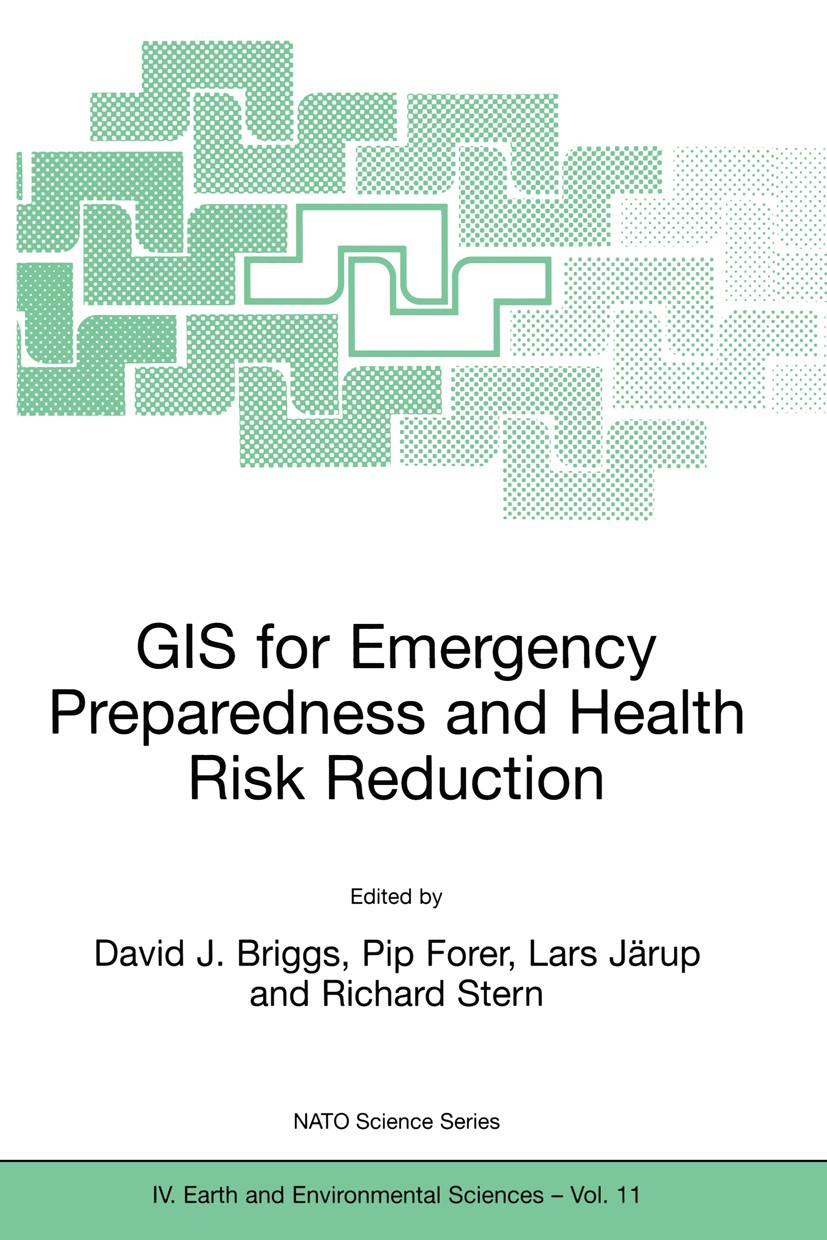| 书目名称 | GIS for Emergency Preparedness and Health Risk Reduction | | 编辑 | David J. Briggs,Pip Forer,Richard Stern | | 视频video | http://file.papertrans.cn/381/380116/380116.mp4 | | 丛书名称 | NATO Science Series: IV: | | 图书封面 |  | | 描述 | Geographical Information Systems (GIS) have developed rapidly in recent years and now provide powerful tools for the capture, manipulation, integration, interrogation, modelling, analysis and visualisation of data - tools that are already used for policy support in a wide range of areas at almost all geographic and administrative levels. This holds especially for emergency preparedness and health risk reduction, which are all essentially spatial problems. To date, however, many initiatives have remained disconnected and uncoordinated, leading to less powerful, less compatible and less widely implemented systems than might otherwise have been the case. .The important matters discussed here include the probabilistic nature of most environmental hazards and the semi-random factors that influence interactions between these and human exposures; the effects of temporal and spatial scales on hazard assessment and imputed risk; the effects of measurement error in risk estimation and the stratification of risks and their impacts according to socioeconomic characteristics; and the quantification of socioeconomic differences in vulnerability and susceptibility to environmental hazards. . | | 出版日期 | Book 2002 | | 关键词 | GIS; Geoinformationssysteme; assessment; digital elevation model; geocoding; geotagging; air pollution and | | 版次 | 1 | | doi | https://doi.org/10.1007/978-94-010-0616-3 | | isbn_softcover | 978-1-4020-0799-6 | | isbn_ebook | 978-94-010-0616-3Series ISSN 1568-1238 | | issn_series | 1568-1238 | | copyright | Kluwer Academic Publishers 2002 |
The information of publication is updating

|
|
 |Archiver|手机版|小黑屋|
派博传思国际
( 京公网安备110108008328)
GMT+8, 2025-12-17 19:20
|Archiver|手机版|小黑屋|
派博传思国际
( 京公网安备110108008328)
GMT+8, 2025-12-17 19:20


